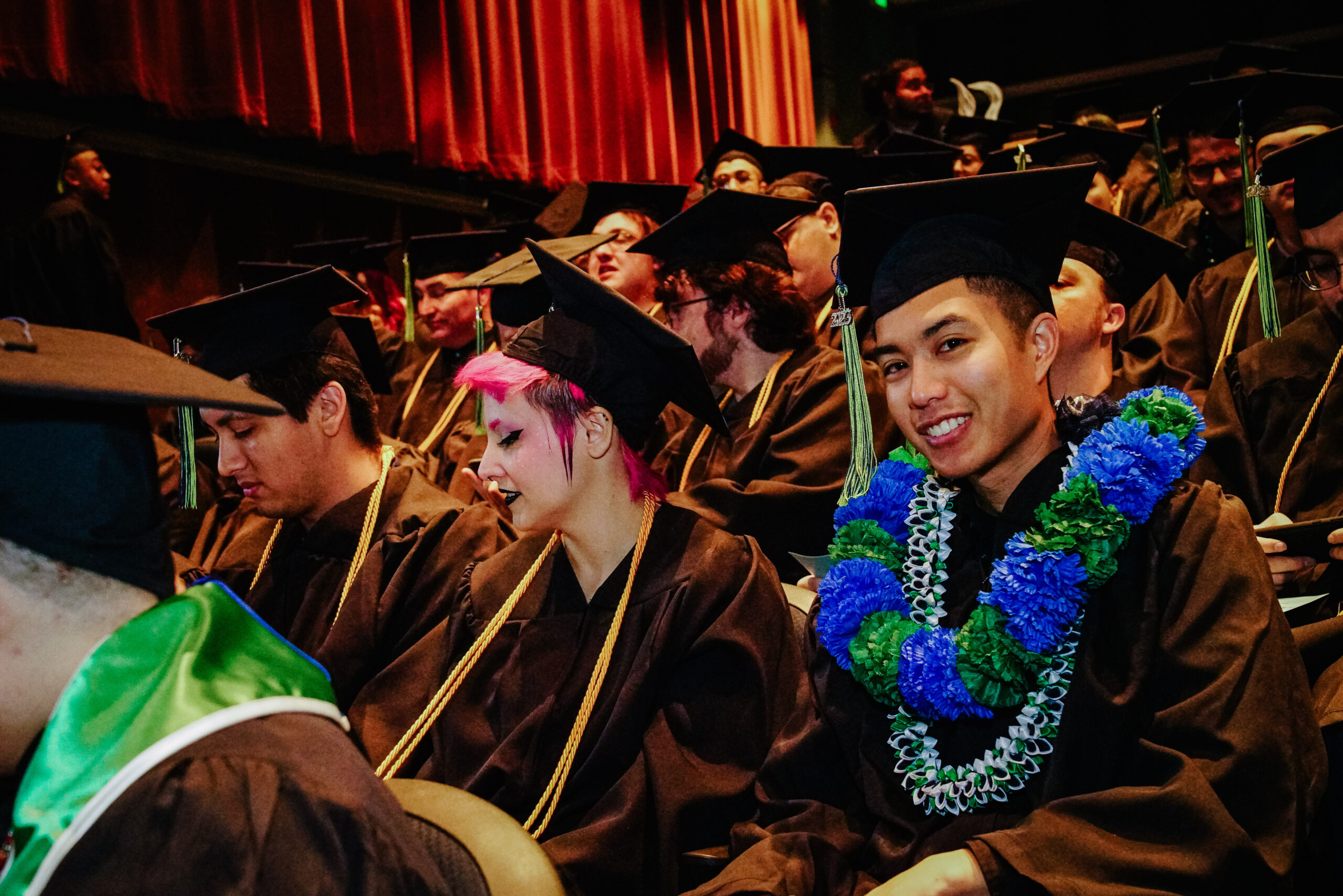Game On: Inside the Esports Arena with our Coaches
Game On: Inside the Esports Arena with our Coaches
Open to all skill levels—come as you are and level up with us!Curious about Esports? Get your questions answered before you dive into the action! Join us for a live […]


